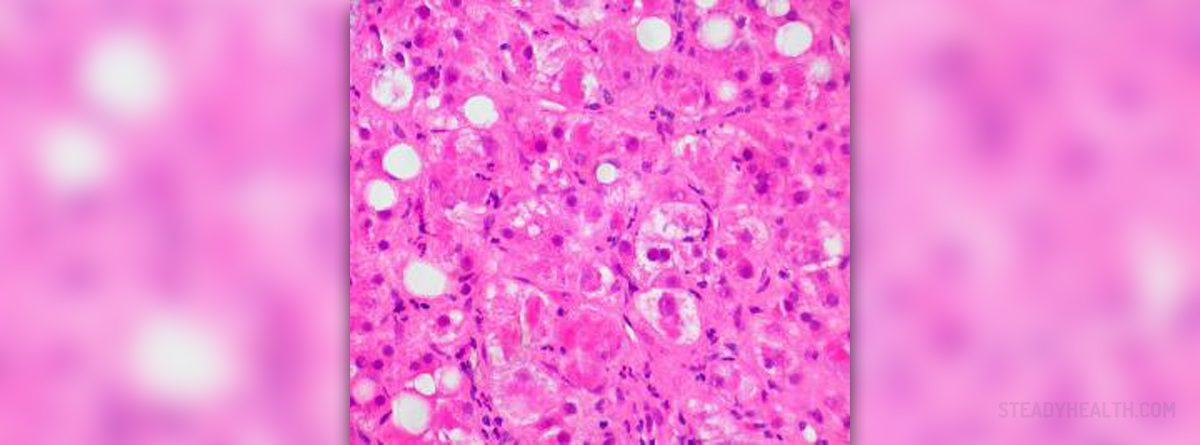
Liver and Its Functions
The liver is one of the vital organs in the human body. It weighs approximately 3 pounds and is engaged in numerous functions. The liver produces blood proteins necessary for proper blood coagulation and function of the immune system. It also stores certain nutrients such as glycogen. One more product of the liver is bile. Bile is essential for digestion of fats. The liver is additionally engaged in recycling of many harmful substances including drugs and alcohol.
Cirrhosis of the Liver
Liver cirrhosis is a progressive liver disease which features with specific structural and functional changes. In cirrhosis normal liver tissue is replaced with scar tissue which eventually leads to severe functional problems. If there is not enough healthy liver tissue it cannot produce proteins and recycle all waste products of the metabolism.
Causes of Liver Cirrhosis
Liver cirrhosis may occur due to numerous factors and illnesses. However, hepatitis C as well as fatty liver and chronic alcohol abuse is the most common cause of liver cirrhosis. All of the previously mentioned causes damage the structure of this organ and lead to functional abnormalities.
Liver cirrhosis may additionally occur due to blockage of the bile duct. The bile duct carries bile into intestines where it participates in digestion of fats. In babies biliar atresia typically leads to blockage of the bile duct while in adults this condition develops as a consequence of inflammation and scarring. In adults damage to the liver may be also caused by primary biliary cirrhosis. Prolonged usage of certain medications and exposure to environmental toxins are several more factors which contribute to occurrence of liver cirrhosis. And finally, cirrhosis accompanies several inherited diseases such as cystic fibrosis, glycogen storage disease, alpha 1 antitrypsin deficiency, hemochromatosis and Wilson's disease.
Symptoms of Liver Cirrhosis
There are several stages of liver cirrhosis so the symptoms vary according to the stage of the disease. General symptoms include loss of appetite, lack of energy, weight loss, bruises, jaundice, fluid retention and swelling of ankles, legs and abdomen. The stool may change its color and become lighter. Progression of the disease leads to certain complications such as ascites, esophageal varices and hepatic encelophathy. In terminal stage patients are confused, disorientated and may end up in coma.
Treatment for Liver Cirrhosis
In cirrhosis liver tissue completely loses its function. There is no cure but patients are given certain medications which will delay progress of the disease and at least alleviate already existing symptoms. One more goal of the treatment is prevention of numerous complications. Proper diet rich in proteins, vitamins and minerals is essential. In terminal stage of the disease patients may only benefit from transplantation of the liver.


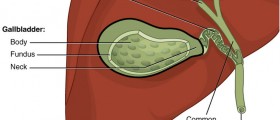
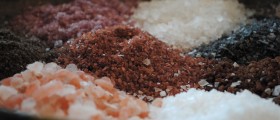

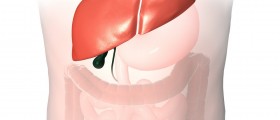



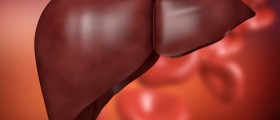


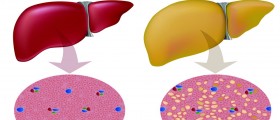




Your thoughts on this
Loading...